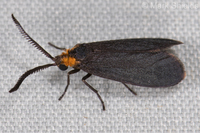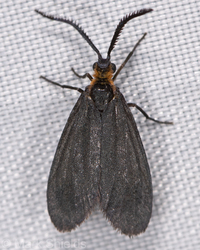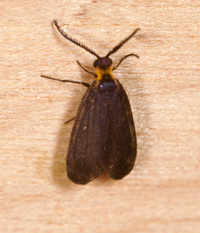
| Recorded by: Jim Petranka, Mark Basinger and Becky Elkin on 2025-08-30
Richmond Co.
Comment: | 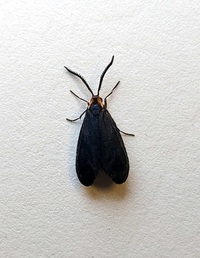
| Recorded by: Mark Basinger on 2025-08-25
Wilson Co.
Comment: |

| Recorded by: Allison Garton on 2025-08-22
Moore Co.
Comment: | 
| Recorded by: R. Newman on 2025-08-18
Carteret Co.
Comment: |
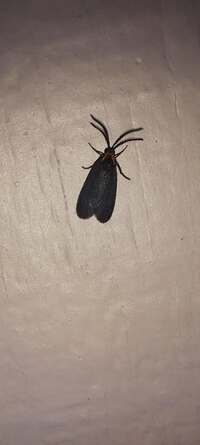
| Recorded by: Allison Garton on 2025-07-23
Moore Co.
Comment: | 
| Recorded by: Allison Garton on 2025-07-17
Moore Co.
Comment: |

| Recorded by: Mark Basinger on 2025-07-04
Wilson Co.
Comment: | 
| Recorded by: Allison Garton on 2025-07-01
Moore Co.
Comment: |

| Recorded by: Allison Garton on 2025-06-25
Moore Co.
Comment: | 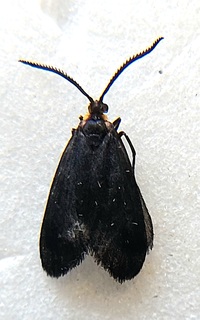
| Recorded by: Mark Basinger and Donald Zepp on 2025-05-08
Nash Co.
Comment: |
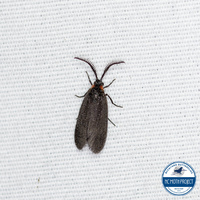
| Recorded by: Lior S. Carlson, Dean Furbish on 2024-08-12
Pamlico Co.
Comment: | 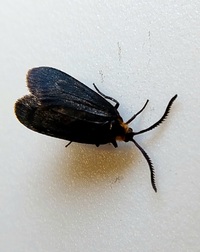
| Recorded by: Mark Basinger on 2024-07-26
Rowan Co.
Comment: |

| Recorded by: Mark Basinger on 2024-05-06
Wilson Co.
Comment: | 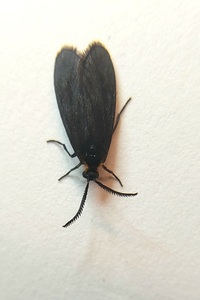
| Recorded by: Mark Basinger on 2024-05-02
Wilson Co.
Comment: |
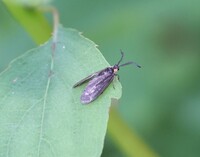
| Recorded by: Rob Van Epps on 2023-08-19
Ashe Co.
Comment: | 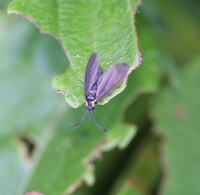
| Recorded by: Rob Van Epps on 2023-08-19
Ashe Co.
Comment: |

| Recorded by: David George, Stephen Dunn, Jeff Niznik on 2023-08-18
Caswell Co.
Comment: | 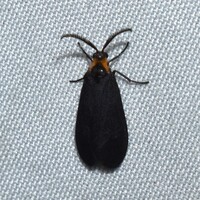
| Recorded by: Jeff Niznik, Stephen Dunn on 2023-07-26
Chatham Co.
Comment: |
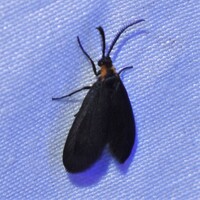
| Recorded by: David George, Jeff Niznik on 2023-05-17
Chatham Co.
Comment: | 
| Recorded by: David George, L. M. Carlson on 2022-07-25
Greene Co.
Comment: |

| Recorded by: David George, L. M. Carlson on 2022-07-18
Chowan Co.
Comment: | 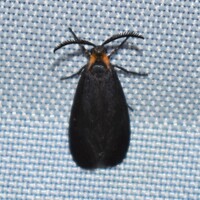
| Recorded by: Jeff Niznik on 2022-05-17
Chatham Co.
Comment: |

| Recorded by: Mark Shields on 2021-05-20
Onslow Co.
Comment: | 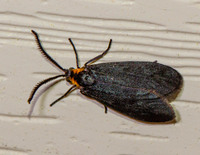
| Recorded by: Steve Hall, Jim Petranka, and Bo Sullivan on 2021-05-09
Moore Co.
Comment: |
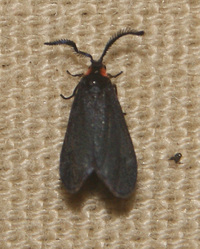
| Recorded by: Vin Stanton on 2020-07-29
Buncombe Co.
Comment: | 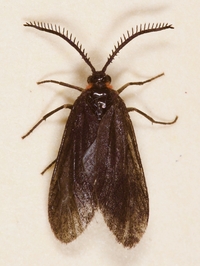
| Recorded by: Jim Petranka and Becky Elkin on 2020-07-25
Buncombe Co.
Comment: |
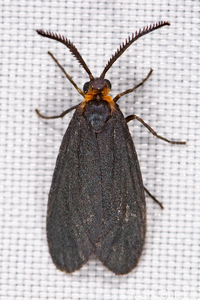
| Recorded by: Mark Shields on 2020-07-24
Onslow Co.
Comment: | 
| Recorded by: Mark Shields on 2020-05-03
Onslow Co.
Comment: |
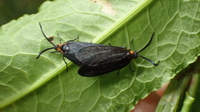
| Recorded by: Erich Hofmann on 2020-04-27
Craven Co.
Comment: | 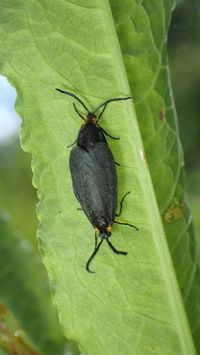
| Recorded by: Erich Hofmann on 2020-04-27
Craven Co.
Comment: |
|

 »
»
